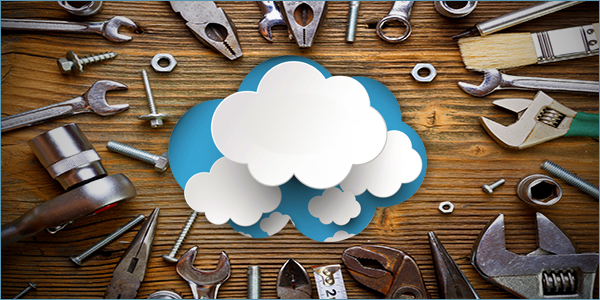
In this day and age, customer support teams have a variety of tools in their arsenal to help customers resolve issues with their most beloved devices. Remote support tools are becoming the most popular way to deliver support services. And for good reason.
These tools help take the guesswork out of support by allowing remote access to the device in question so the tech can see what is going on and quickly get a fix in place. Gone are the days of back and forth conversations. “Do you see this widget? Click on that and scroll to X…”. These technologies are proving to be a much-needed game changer for customer service as the landscape continues to shift to a place where overall customer experience and satisfaction are emerging as a key competitive differentiator.
However, like with all great advances, security needs to be a prime concern when putting a remote support solution in place. Phishing scams and all sorts of other cyber security threats are growing in sophistication every day and businesses cannot afford to leave this vital IT tool exposed as a channel for hackers to gain access to valuable customer and business data.
Recent reports predict that the cost of cyber-crime damage will hit $6 trillion annually by 2021, up from $3 trillion just a year ago. This doesn’t only represent a waste of resources but it also risks discouraging innovation as well as the willingness of users to embrace technology – out of the fear of exposure to risk.
With security breaches making headlines every day, remote access can be a scary proposition for some consumers, but the fact that it is being normalized in work environments and by the worlds most trusted brands for their support teams combined with the speed at which issues are solved makes it significantly more attractive. So, how can businesses leverage these tools that boost customer satisfaction, all while keeping everything safe from the prying eyes of hackers?
Most security experts will agree that organisations should make sure that their remote support software meets the highest level of security possible. But what exactly does this mean? What are the critical elements that businesses must make sure their remote support software includes? Here’s a shortlist of things to look for when searching for a secure remote support solution.
Emphasis on database security
An organisation’s database is like a goldmine for hackers, regardless of whether it is organisational data or customer data. When it comes to remote access software, you cannot always guarantee ultimate control of how the data is being transmitted and stored. This is why data encryption as well as the ability to detect data manipulation, database backup and the knowledge of which country your data is stored is important.
There is also the issue of “key agreement encryption” which is often overlooked but is very important for ensuring that when a technician starts a remote session with a user, their computer must agree on an encryption algorithm and key to be used during the session. I’d recommend choosing a remote access software that uses SSL certificates and verification systems to keep data safe.
The importance of strong authentication
Technology companies have been banging the drum about the need for strong authentication for some time now but just having a strong password is not enough. Recent high-profile security breaches have also proven that relying solely on passwords is becoming less adequate for protecting sensitive systems and data.
Two-factor authentication adds another level of security by requiring something you know (a password) and something you have (a one-time code, for example). These security measures help to make sure that whoever is logging in to the system is who they say they are. So even if a password was compromised, for example, the lack of additional login data would thwart any attacks.
Easily defined roles and permissions
The importance of authorisation and easily defined roles cannot be overstated. Your remote access software must not take any chances with authorisation and technicians must be authorised at least once every remote access session. Most of the best remote support software use tools IP restriction, selective administration permissions and security certificates.
Permission must also be defined for technician groups at a granular level and nothing should be left to assumption. Businesses should also be able to create support channels that allow specific issues to be assigned to specific groups and follow through escalation levels to improve customer service.
Session reporting and recording
Unfortunately, not all data breaches are carried out by external hackers. A recent report on data breaches found that 25 per cent were carried out by internal players. Too often, businesses invest a lot of time and energy into keeping the bad guys out that they forget that the enemy might be within as well.
To safeguard business and customer data, your remote support software must be able to record and report all remote sessions, including chat logging and session recording. Having a complete record of every session is not only helpful with accountability, it is also very important for liability purposes.
There are many more things to consider on the journey to securing you remote access systems and as threats get more sophisticated, the list might even get longer. Regardless of how simple or complex the threat landscape might seem, businesses can never afford to rest on their laurels. The bad guys don’t take a break so, unfortunately, nether can anyone else.






